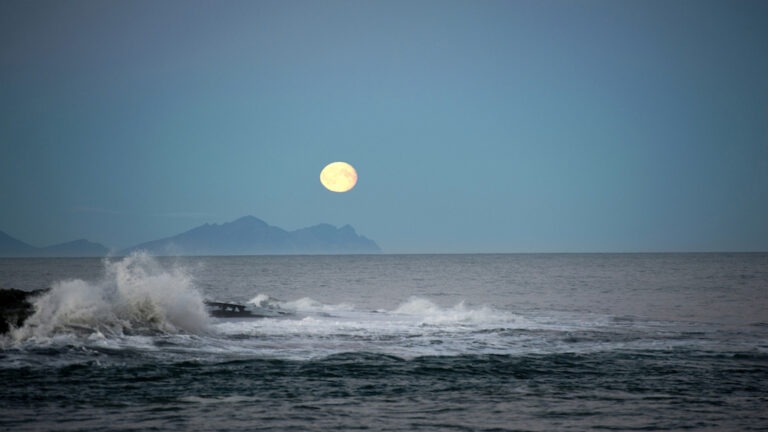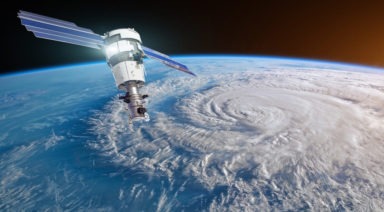Upcoming Shift in Lunar Cycle May Cause Major Flooding

A shift in the moon’s orbit may lead to massive flooding in the future. What’s really going on with the moon’s upcoming wobble?
In a new report from the NASA Sea Level Change Science Team at the University of Hawaii, scientists warn that an upcoming natural phenomenon in the moon’s orbit, combined with rising sea levels, could cause record flooding along coastal regions. NASA administrator Bill Nelson said in a statement, “[l]ow lying areas near sea level are increasingly at risk and suffering due to the increased flooding and it will only get worse.”
The moon affects tides on Earth every day, so why is the cause for alarm now?
Astronomer and Gaia News contributor Marc Dantonio said, “Every 18.6 years, the moon reaches a point where it’s the highest in its declination, and that’s the point where it’s going to also be above the Earth’s equator. When the moon is actually also at a point where it’s closest to the Earth because of the elliptical orbit, if all those things correspond and combine to be at one point like this, then that’s where the researchers at the University of Hawaii says that we’re looking at potential flooding.”
Watch more:
Scientists to Broadcast New Message to ETs Across the Galaxy

Scientists are planning a new message for any potential extraterrestrials in the universe, by sending a cosmic ‘hello’ to any intelligent life in space.
When we make contact with extraterrestrials, how will we communicate with them? What if we sent them a message showing information about Earth, humanity, and our technological capabilities?
That was the idea behind the Arecibo message in 1974, designed by Frank Drake and Carl Sagan. The now-famous message was the most powerful broadcast sent into space, from the, now defunct, Arecibo Radio Telescope in Puerto Rico. The binary message consisted of our solar system, strands of DNA, a human figure, and chemicals related to Earth, among other things.
Now, nearly 50 years later an international team of researchers introduced a new message intended for extraterrestrials. The team, led by Jonathan Jiang of NASA’s Jet Propulsion Laboratory, felt it was time to update the Arecibo message since we have come so far technologically since 1974.
The proposed message dubbed “the beacon in the galaxy” will include some similar information as Arecibo, including, “[B]asic mathematical and physical concepts to establish a universal means of communication followed by information on the biochemical composition of life on Earth, the Solar System’s time-stamped position in the Milky Way relative to known globular clusters, as well as digitized depictions of the Solar System, and Earth’s surface.


































